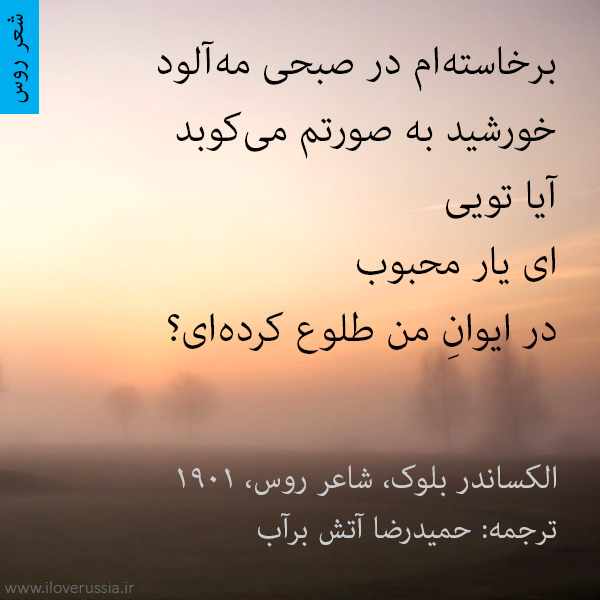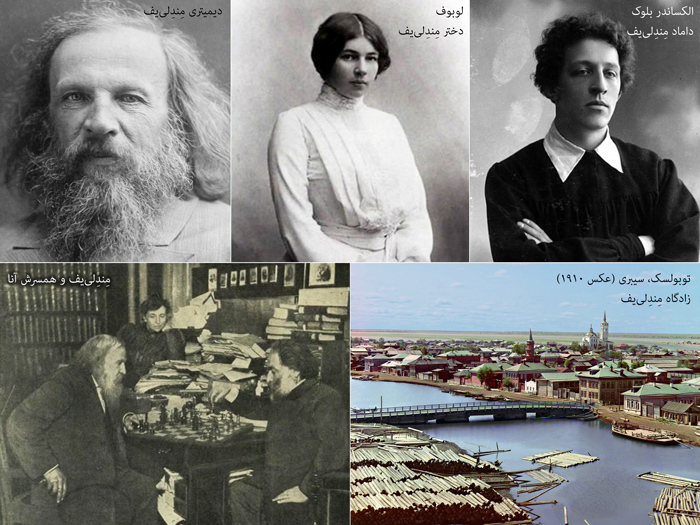| 1 | H | Hydrogen | Greek elements hydro- and -gen, meaning 'water-forming' |
| 2 | He | Helium | Greek hḗlios, 'sun' |
| 3 | Li | Lithium | Greek líthos, 'stone' |
| 4 | Be | Beryllium | beryl, a mineral (ultimately from the name of Belur in southern India) |
| 5 | B | Boron | borax, a mineral (from Arabic bawraq) |
| 6 | C | Carbon | Latin carbo, 'coal' |
| 7 | N | Nitrogen | Greek nítron and -gen, meaning 'niter-forming' |
| 8 | O | Oxygen | Greek oxy- and -gen, meaning 'acid-forming' |
| 9 | F | Fluorine | Latin fluere, 'to flow' |
| 10 | Ne | Neon | Greek néon, 'new' |
| 11 | Na | Sodium | English soda (the symbol Na is derived from New Latin natrium, coined from German Natron, 'natron') |
| 12 | Mg | Magnesium | Magnesia, a district of Eastern Thessaly in Greece |
| 13 | Al | Aluminium | alumina, from Latin alumen (gen. alumni), 'bitter salt, alum' |
| 14 | Si | Silicon | Latin silex, 'flint' (originally silicium) |
| 15 | P | Phosphorus | Greek phōsphóros, 'light-bearing' |
| 16 | S | Sulfur | Latin sulphur, 'brimstone' |
| 17 | Cl | Chlorine | Greek chlōrós, 'greenish yellow' |
| 18 | Ar | Argon | Greek argós, 'idle' (because of its inertness) |
| 19 | K | Potassium | New Latin potassa, 'potash' (the symbol K is derived from Latin kalium) |
| 20 | Ca | Calcium | Latin calx, 'lime' |
| 21 | Sc | Scandium | Latin Scandia, 'Scandinavia' |
| 22 | Ti | Titanium | Titans, the sons of the Earth goddess of Greek mythology |
| 23 | V | Vanadium | Vanadis, an Old Norse name for the Scandinavian goddess Freyja |
| 24 | Cr | Chromium | Greek chróma, 'colour' |
| 25 | Mn | Manganese | corrupted from magnesia negra; see Magnesium |
| 26 | Fe | Iron | English word (the symbol Fe is derived from Latin ferrum) |
| 27 | Co | Cobalt | German Kobold, 'goblin' |
| 28 | Ni | Nickel | Nickel, a mischievous sprite of German miner mythology |
| 29 | Cu | Copper | English word, from Latin cuprum, from Ancient Greek Kýpros 'Cyprus' |
| 30 | Zn | Zinc | Most likely from German Zinke, 'prong' or 'tooth', though some suggest Persian sang, 'stone' |
| 31 | Ga | Gallium | Latin Gallia, 'France' |
| 32 | Ge | Germanium | Latin Germania, 'Germany' |
| 33 | As | Arsenic | French arsenic, from Greek arsenikón 'yellow arsenic' (influenced by arsenikós, 'masculine' or 'virile'), from a West Asian wanderword ultimately from Old Iranian *zarniya-ka, 'golden' |
| 34 | Se | Selenium | Greek selḗnē, 'moon' |
| 35 | Br | Bromine | Greek brômos, 'stench' |
| 36 | Kr | Krypton | Greek kryptós, 'hidden' |
| 37 | Rb | Rubidium | Latin rubidus, 'deep red' |
| 38 | Sr | Strontium | Strontian, a village in Scotland |
| 39 | Y | Yttrium | Ytterby, a village in Sweden |
| 40 | Zr | Zirconium | zircon, a mineral |
| 41 | Nb | Niobium | Niobe, daughter of king Tantalus from Greek mythology |
| 42 | Mo | Molybdenum | Greek molýbdaina, 'piece of lead', from mólybdos, 'lead' |
| 43 | Tc | Technetium | Greek tekhnētós, 'artificial' |
| 44 | Ru | Ruthenium | New Latin Ruthenia, 'Russia' |
| 45 | Rh | Rhodium | Greek rhodóeis, 'rose-coloured', from rhódon, 'rose' |
| 46 | Pd | Palladium | the asteroid Pallas, considered a planet at the time |
| 47 | Ag | Silver | English word (The symbol derives from Latin argentum) |
| 48 | Cd | Cadmium | New Latin cadmia, from King Kadmos |
| 49 | In | Indium | Latin indicum, 'indigo' (colour found in its spectrum) |
| 50 | Sn | Tin | English word (The symbol derives from Latin stannum) |
| 51 | Sb | Antimony | Latin antimonium, the origin of which is uncertain: folk etymologies suggest it is derived from Greek antí ('against') + mónos ('alone'), or Old French anti-moine, 'Monk's bane', but it could plausibly be from or related to Arabic ʾiṯmid, 'antimony', reformatted as a Latin word. (The symbol derives from Latin stibium 'stibnite'.) |
| 52 | Te | Tellurium | Latin tellus, 'the ground, earth' |
| 53 | I | Iodine | French iode, from Greek ioeidḗs, 'violet' |
| 54 | Xe | Xenon | Greek xénon, neuter form of xénos 'strange' |
| 55 | Cs | Caesium | Latin caesius, 'sky-blue' |
| 56 | Ba | Barium | Greek barýs, 'heavy' |
| 57 | La | Lanthanum | Greek lanthánein, 'to lie hidden' |
| 58 | Ce | Cerium | the dwarf planet Ceres, considered a planet at the time |
| 59 | Pr | Praseodymium | Greek prásios dídymos, 'green twin' |
| 60 | Nd | Neodymium | Greek néos dídymos, 'new twin' |
| 61 | Pm | Promethium | Prometheus of Greek mythology |
| 62 | Sm | Samarium | samarskite, a mineral named after Colonel Vasili Samarsky-Bykhovets, Russian mine official |
| 63 | Eu | Europium | Europe |
| 64 | Gd | Gadolinium | gadolinite, a mineral named after Johan Gadolin, Finnish chemist, physicist and mineralogist |
| 65 | Tb | Terbium | Ytterby, a village in Sweden |
| 66 | Dy | Dysprosium | Greek dysprósitos, 'hard to get' |
| 67 | Ho | Holmium | New Latin Holmia, 'Stockholm' |
| 68 | Er | Erbium | Ytterby, a village in Sweden |
| 69 | Tm | Thulium | Thule, the ancient name for an unclear northern location |
| 70 | Yb | Ytterbium | Ytterby, a village in Sweden |
| 71 | Lu | Lutetium | Latin Lutetia, 'Paris' |
| 72 | Hf | Hafnium | New Latin Hafnia, 'Copenhagen' (from Danish havn) |
| 73 | Ta | Tantalum | King Tantalus, father of Niobe from Greek mythology |
| 74 | W | Tungsten | Swedish tung sten, 'heavy stone' (The symbol is from wolfram, the old name of the tungsten mineral wolframite) |
| 75 | Re | Rhenium | Latin Rhenus, 'the Rhine' |
| 76 | Os | Osmium | Greek osmḗ, 'smell' |
| 77 | Ir | Iridium | Iris, the Greek goddess of the rainbow |
| 78 | Pt | Platinum | Spanish platina, 'little silver', from plata 'silver' |
| 79 | Au | Gold | English word (The symbol derives from Latin aurum) |
| 80 | Hg | Mercury | Mercury, Roman god of commerce, communication, and luck, known for his speed and mobility (The symbol is from the element's Latin name hydrargyrum, derived from Greek hydrárgyros, 'water-silver') |
| 81 | Tl | Thallium | Greek thallós, 'green shoot or twig' |
| 82 | Pb | Lead | English word (The symbol derives from Latin plumbum) |
| 83 | Bi | Bismuth | German Wismut, from weiß Masse 'white mass', unless from Arabic |
| 84 | Po | Polonium | Latin Polonia, 'Poland' (the home country of Marie Curie) |
| 85 | At | Astatine | Greek ástatos, 'unstable' |
| 86 | Rn | Radon | radium |
| 87 | Fr | Francium | France |
| 88 | Ra | Radium | French radium, from Latin radius, 'ray' |
| 89 | Ac | Actinium | Greek aktís, 'ray' |
| 90 | Th | Thorium | Thor, the Scandinavian god of thunder |
| 91 | Pa | Protactinium | proto- (from Greek prôtos, 'first, before') + actinium, which is produced through the radioactive decay of protactinium |
| 92 | U | Uranium | Uranus, the seventh planet in the Solar System |
| 93 | Np | Neptunium | Neptune, the eighth planet in the Solar System |
| 94 | Pu | Plutonium | the dwarf planet Pluto, considered the ninth planet in the Solar System at the time |
| 95 | Am | Americium | The Americas, as the element was first synthesised on the continent, by analogy with europium |
| 96 | Cm | Curium | Pierre Curie and Marie Curie, French physicists and chemists |
| 97 | Bk | Berkelium | Berkeley, California, where the element was first synthesised, by analogy with terbium |
| 98 | Cf | Californium | California, where the element was first synthesised |
| 99 | Es | Einsteinium | Albert Einstein, German physicist |
| 100 | Fm | Fermium | Enrico Fermi, Italian physicist |
| 101 | Md | Mendelevium | Dmitri Mendeleev, Russian chemist and inventor who proposed the periodic table |
| 102 | No | Nobelium | Alfred Nobel, Swedish chemist and engineer |
| 103 | Lr | Lawrencium | Ernest O. Lawrence, American physicist |
| 104 | Rf | Rutherfordium | Ernest Rutherford, British chemist and physicist |
| 105 | Db | Dubnium | Dubna, Russia, where the Joint Institute for Nuclear Research is located |
| 106 | Sg | Seaborgium | Glenn T. Seaborg, American chemist |
| 107 | Bh | Bohrium | Niels Bohr, Danish physicist |
| 108 | Hs | Hassium | New Latin Hassia, 'Hesse' (a state in Germany) |
| 109 | Mt | Meitnerium | Lise Meitner, Austrian physicist |
| 110 | Ds | Darmstadtium | Darmstadt, Germany, where the element was first synthesised |
| 111 | Rg | Roentgenium | Wilhelm Conrad Röntgen, German physicist |
| 112 | Cn | Copernicium | Nicolaus Copernicus, Polish astronomer |
| 113 | Nh | Nihonium | Japanese Nihon, 'Japan' (where the element was first synthesised) |
| 114 | Fl | Flerovium | Flerov Laboratory of Nuclear Reactions, part of JINR, where the element was synthesised; itself named after Georgy Flyorov, Russian physicist |
| 115 | Mc | Moscovium | Moscow Oblast, Russia, where the element was first synthesised |
| 116 | Lv | Livermorium | Lawrence Livermore National Laboratory in Livermore, California, which collaborated with JINR on its synthesis |
| 117 | Ts | Tennessine | Tennessee, United States |
| 118 | Og | Oganesson | Yuri Oganessian, Russian physicist |


